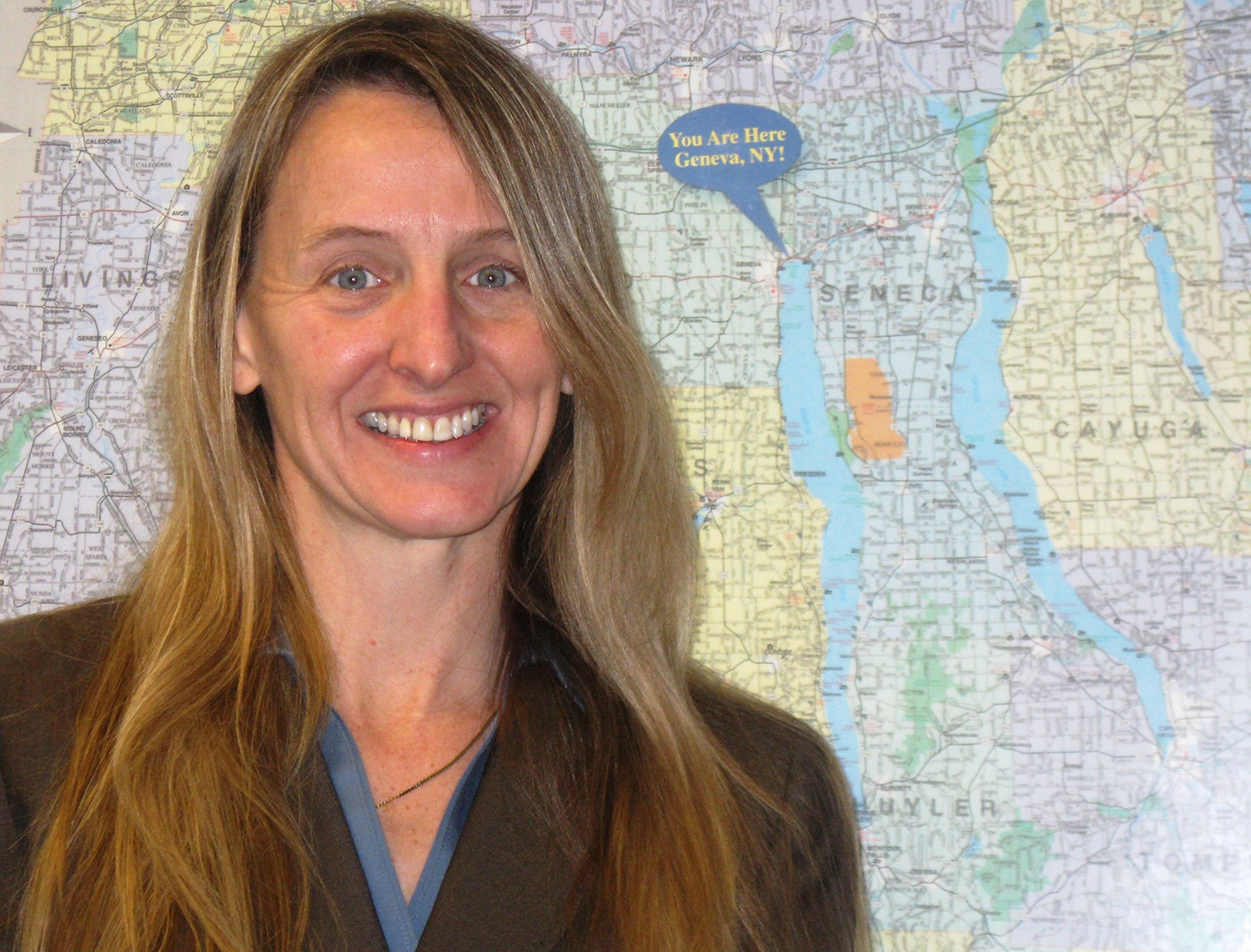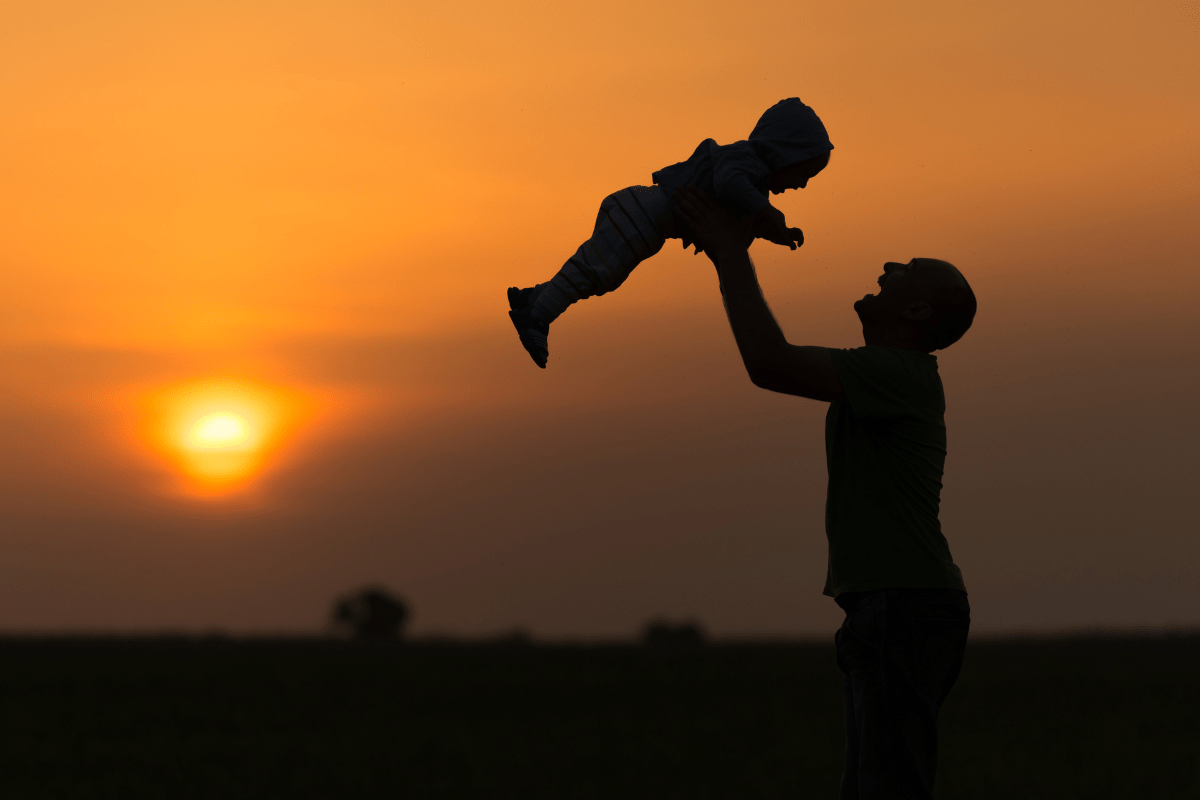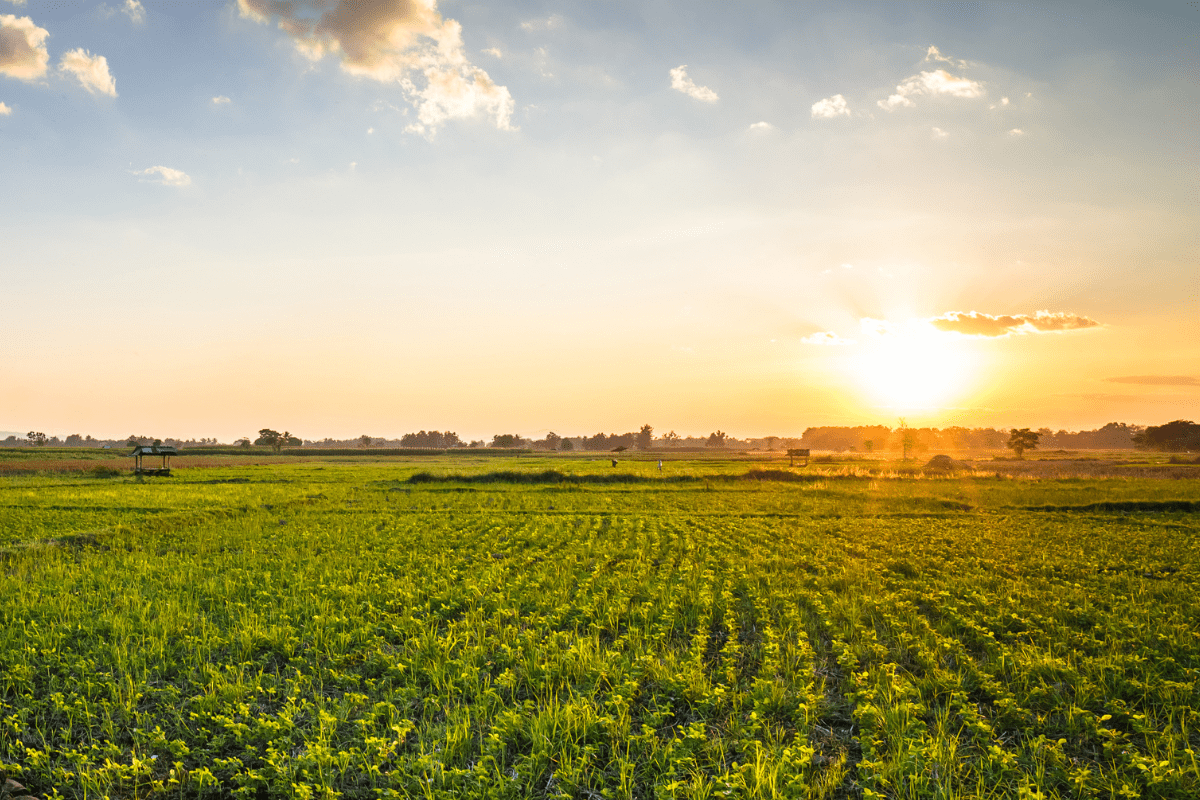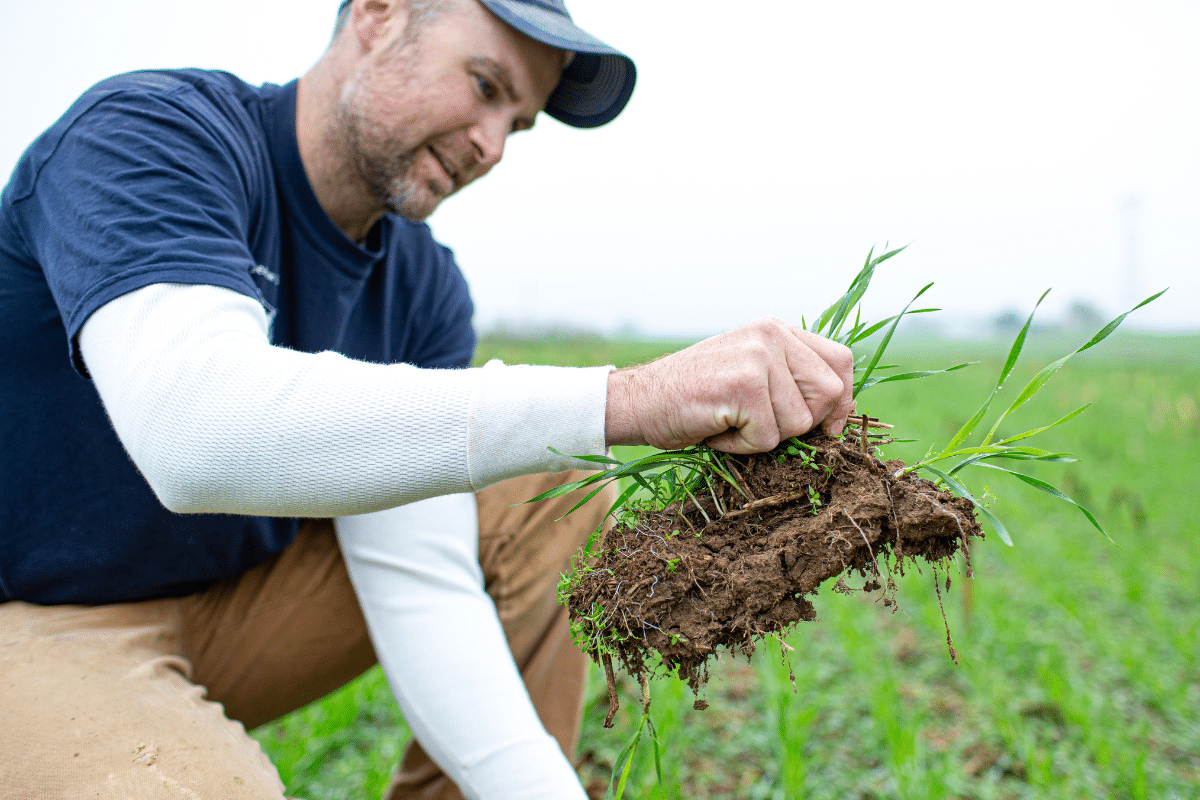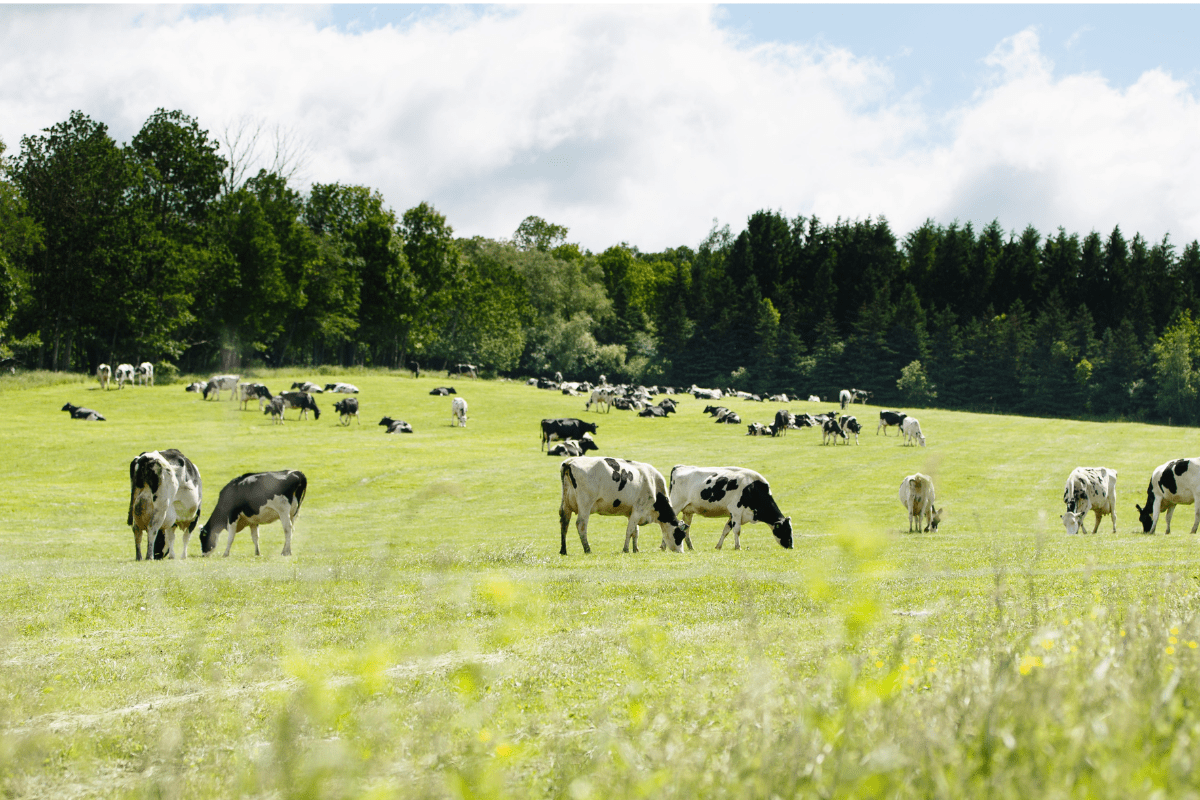Where does real milk come from? How long does it take for milk to get from the farm to your table? How do dairy farmers care for their cows? Getting answers from real farmers on working dairy farms has never been easier.
Using video chat technology, Virtual Farm Tours are helping students make the connection of where their food comes from and how it is produced – without having to leave the classroom.
Seventeen classrooms, grades 7 to 12, logged in for a tour hosted by dairy advocate Katie Dotterer at a dairy farm that helps supply local milk to the Fredrick County school system. Among the 370 students participating in the tour were 20 eighth graders from Nissa Quill’s class at Walkersville Middle School.
The Teacher: Teaching Culture
Nissa Quill teaches Foreign Languages. Why have her class participate in a Live Virtual Farm Tour? “They need to understand the culture that’s happening around them and understand how the farmers live and that they’re close to us,” says Nissa. So close that a couple of the students grew up on or near dairy farms and are familiar with cows and farm life.
Nissa says taking the Virtual Farm Tour “made them really proud to be part of the farming community – to see someone else who is a farmer and that farming was showcased in class, and that it was something treated with respect and pride.” But most of her class has no farming knowledge at all. “Those are the students that it’s important to connect with agriculture,” says Nissa.
Dairy Farmer: A Few Feeding the Many
Being less than 2% of the population, farmers have a big job to do in communicating what happens on dairy farms and what they do daily. That’s why Katie Dotterer says she never turns down an opportunity to educate or engage with the public.
“I look at the high school students and know that this is our next generation of society, and they’re going to be making decisions very soon. They’re going to have buying power, so I want them to have the facts and know the truth behind farming and I’d rather they hear it from me.”
The Farm Host: A Familiar Face
When the Live Virtual Farm Tour began, Nissa’s class was surprised that they knew the host. Katie taught at the school. “They couldn’t wrap their heads around that they knew the person and it was live, and that they were watching her in real time giving the tour and actually doing the work while doing the tour,” says Nissa.
And Katie was all too happy to give students a glimpse into the life of a dairy farmer. She welcomes students and others to talk to dairy farmers about dairy farming. Using the hashtag #AskFarmersNotGoogle, anyone can join the conversation. And since the virtual farm tour, a few of the students have reached out with more questions.
The Tour
As part of the Virtual Farm Tour, Katie took the students through the calf barn where they talked about automatic calf feeders, showed them the milking parlor, and took a walk through the free stall barns so students could see the cows leisurely doing whatever they wanted to do – whether eat, drink, rest or socialize!
“Their teacher told me that the students were just enthralled with the tour and that it surprised the kids how much a cow eats and the actual process of milking a cow. Some people think farmers still milk cows by hand, so being able to see the machines was a big thing for the kids,” said Katie.
“The kids were really impressed with the technology used to feed the babies and how the formula gets warmed up and all the care that goes into making sure that the calves get the right nutrition. They thought that was amazing,” said Nissa.
The Live Virtual Farm Tour – it’s also recorded!
American Dairy Association North East offers live Virtual Farm Tours during the school year at different farms for age-appropriate learning. There are tours for students in Pre-K to 3rd grade, as well as grades 4-6, and 7-12. The tours are recorded, and teachers can access the tours for later viewing.
Get a glimpse into the lives of dairy farmers and get some real answers – c’mon, you know you want to!

